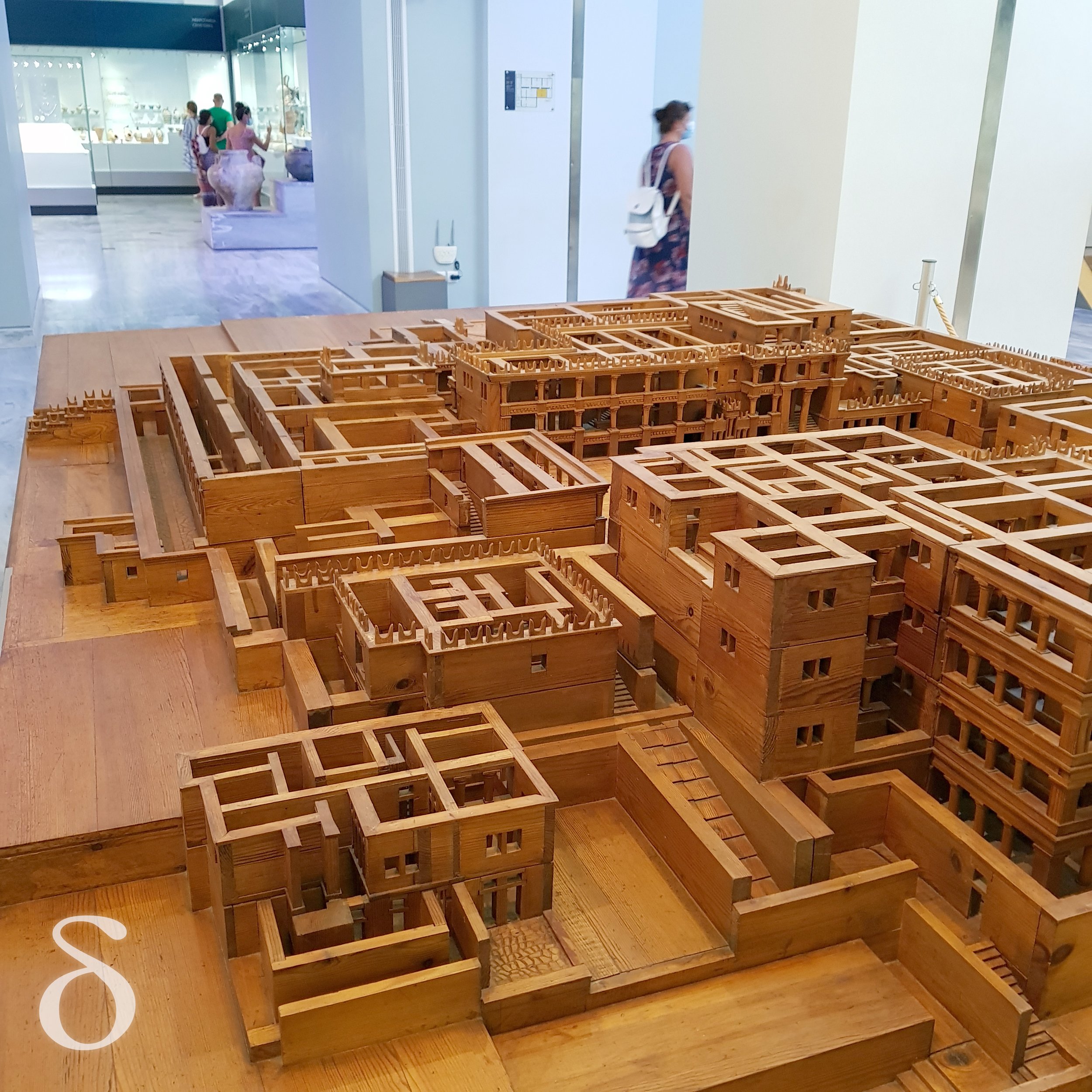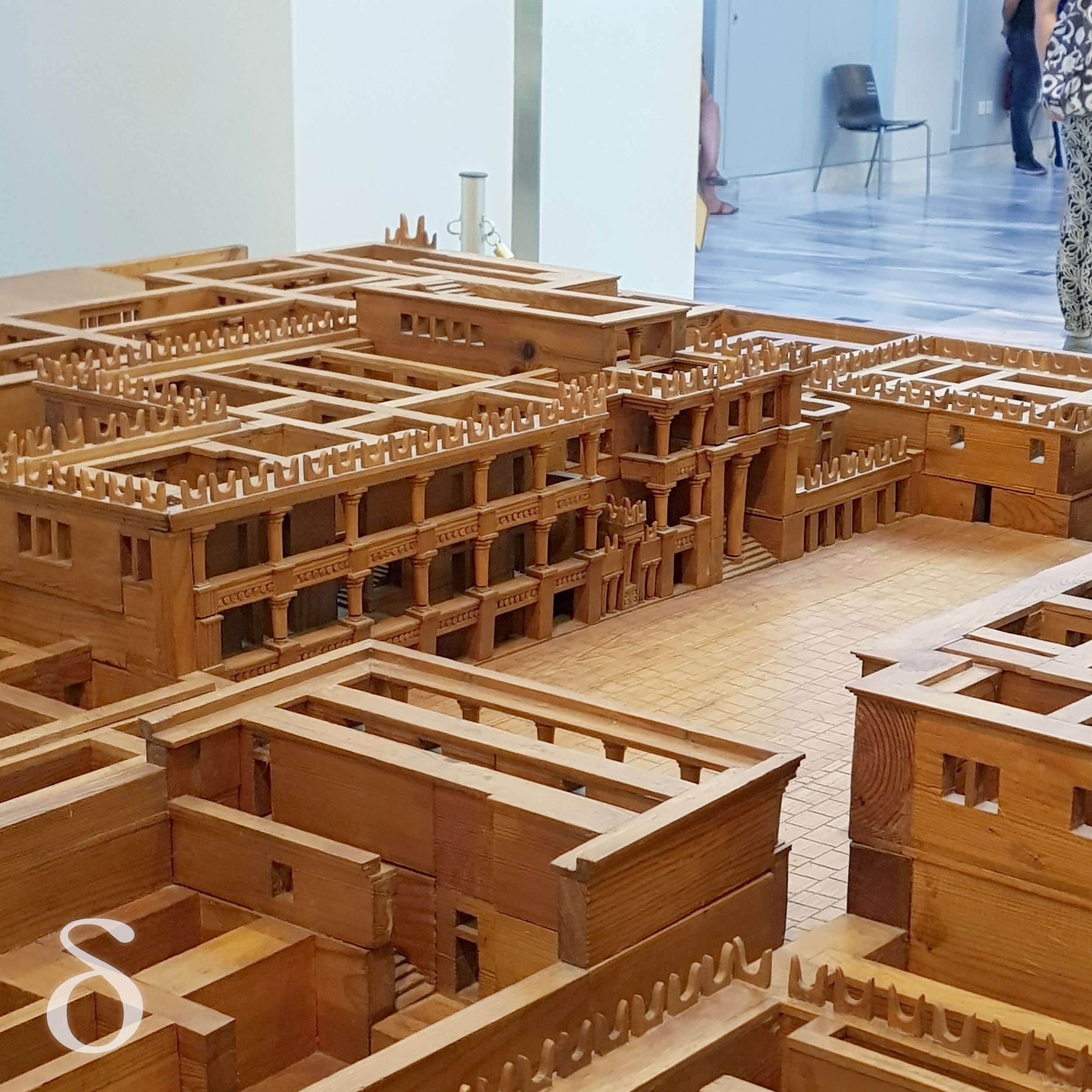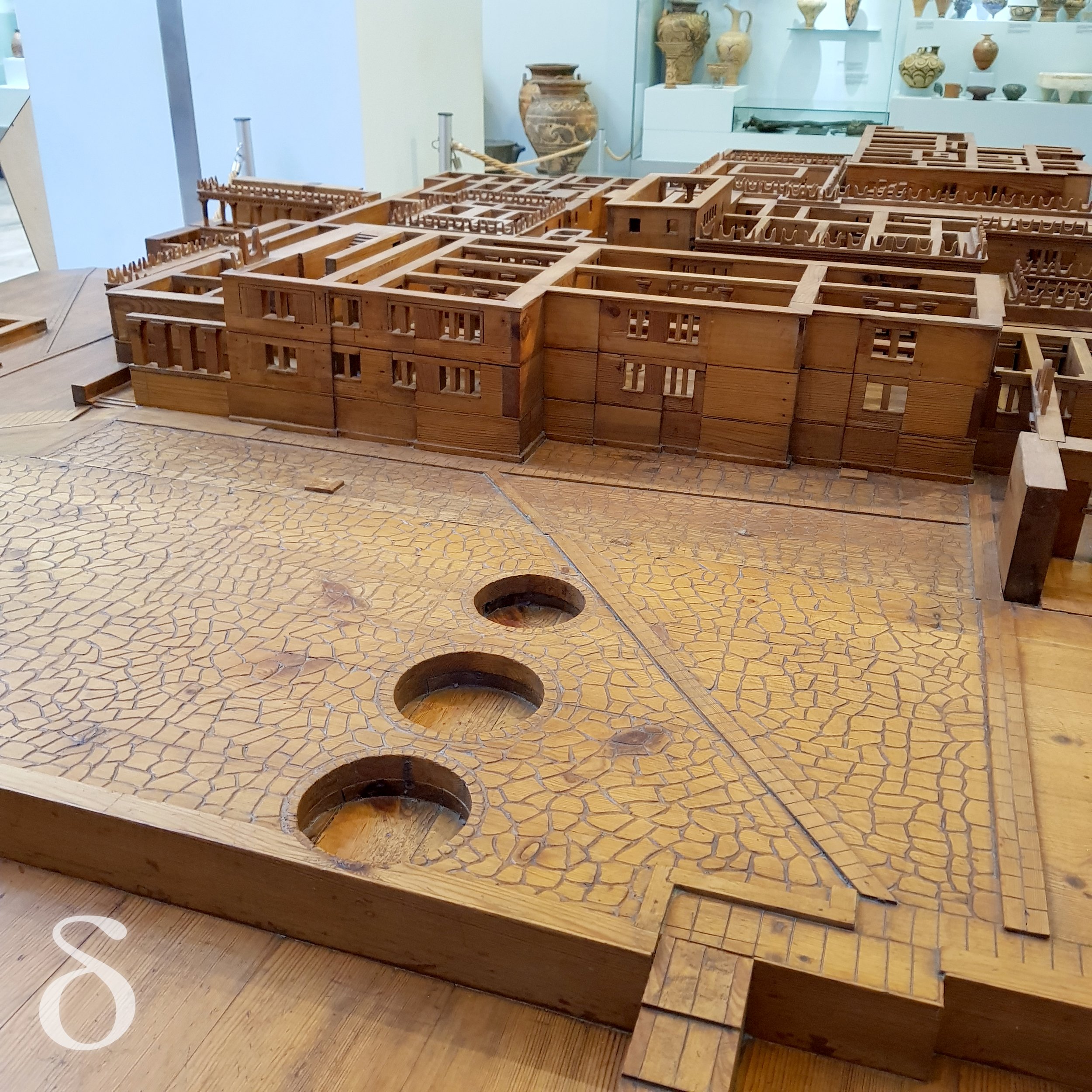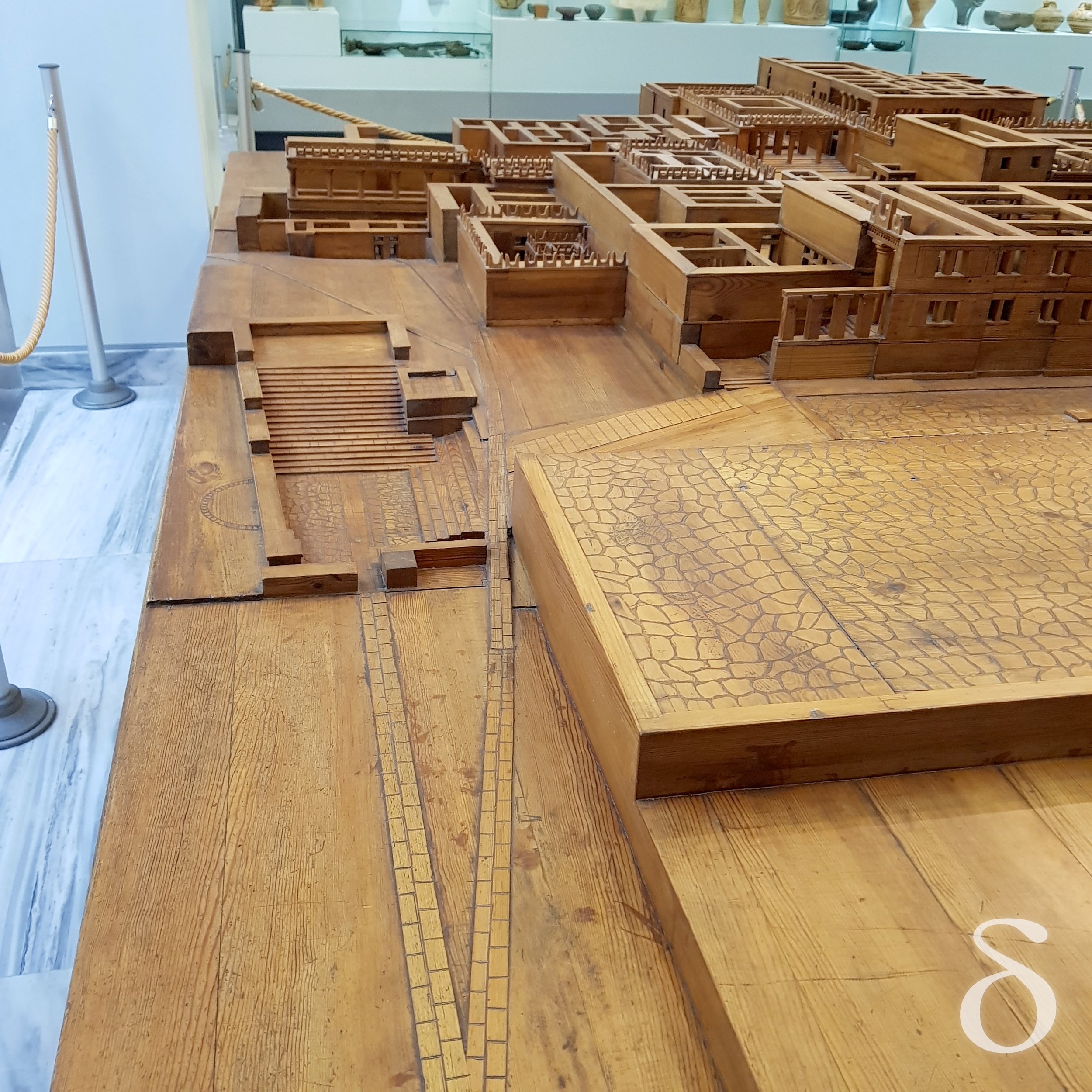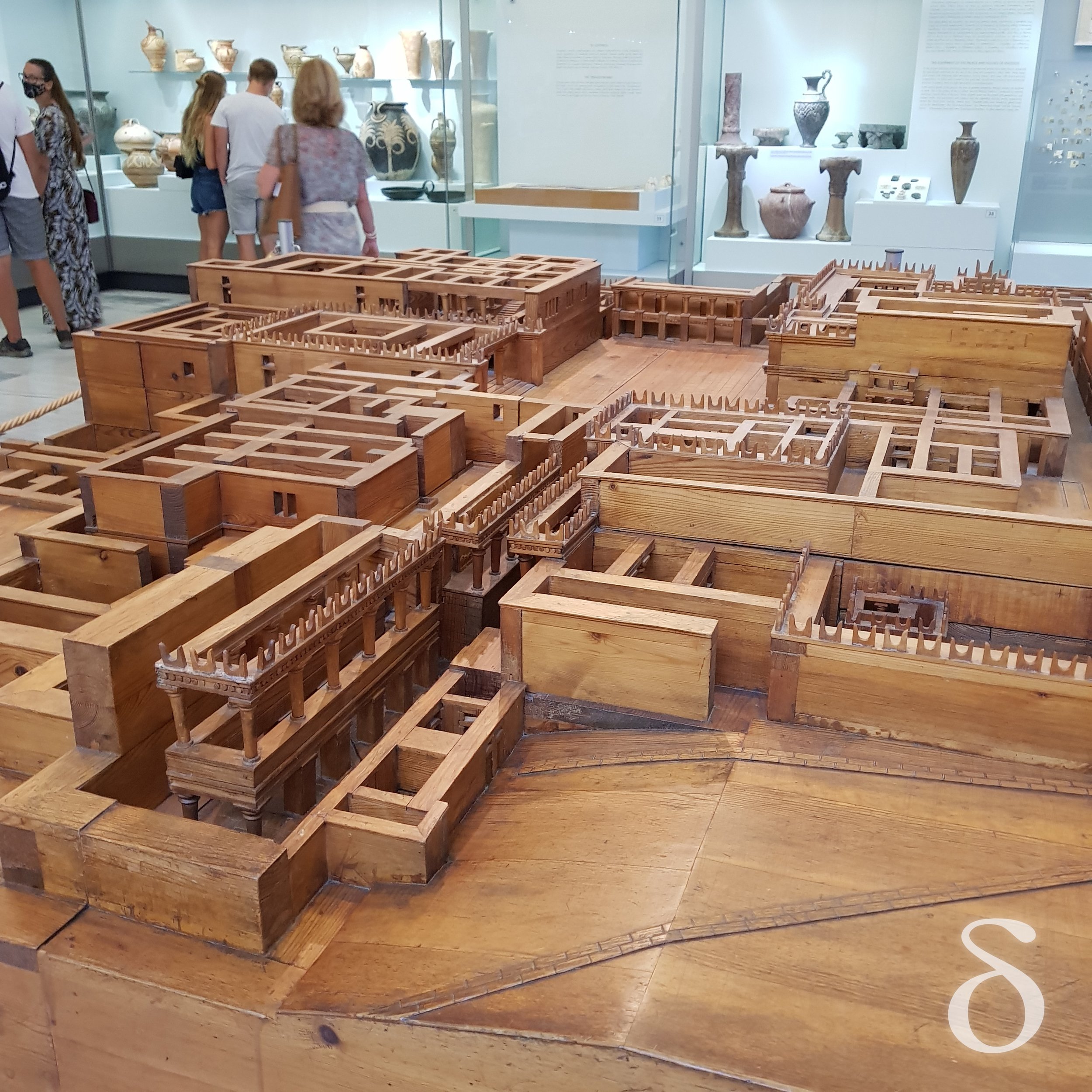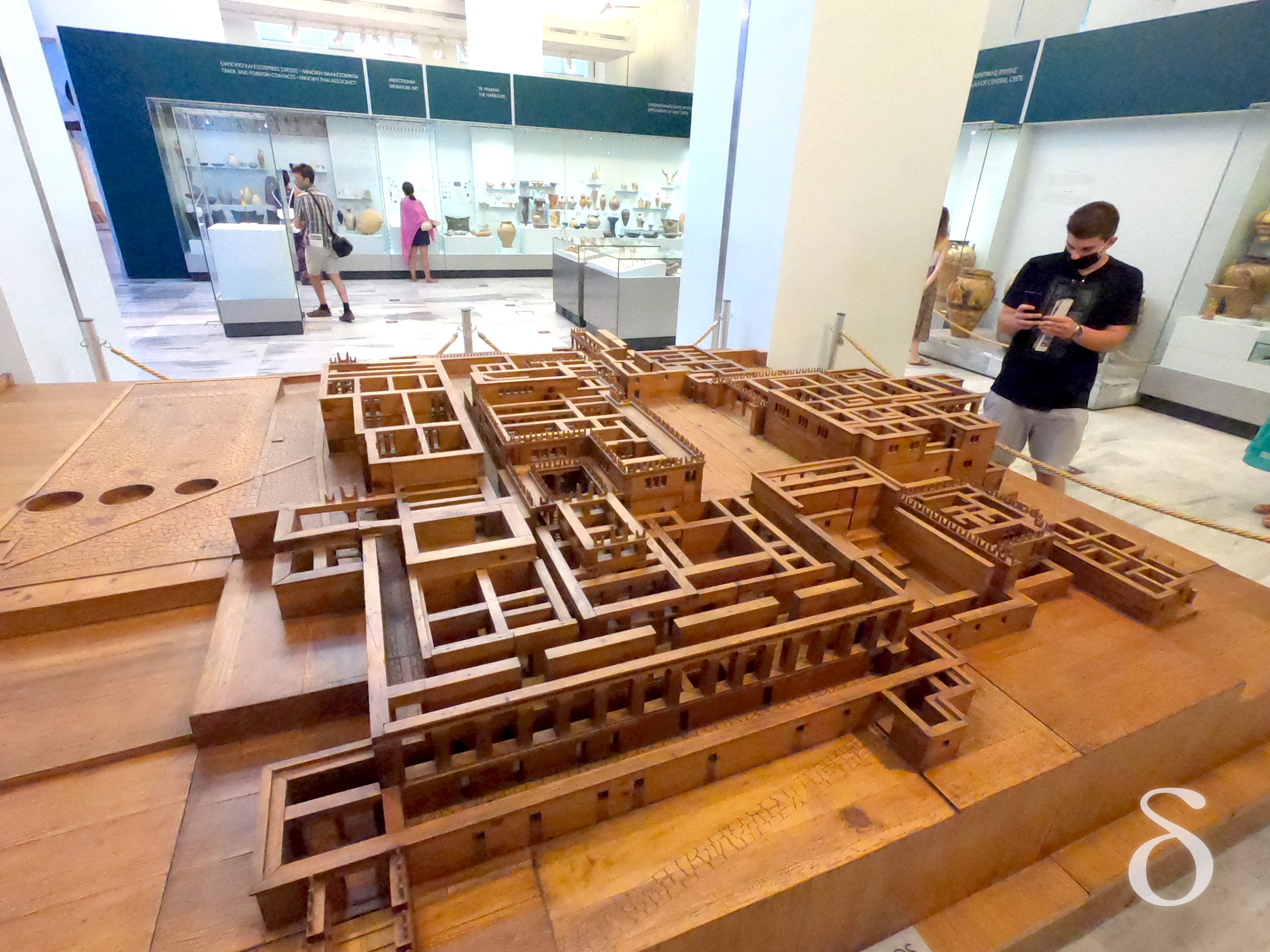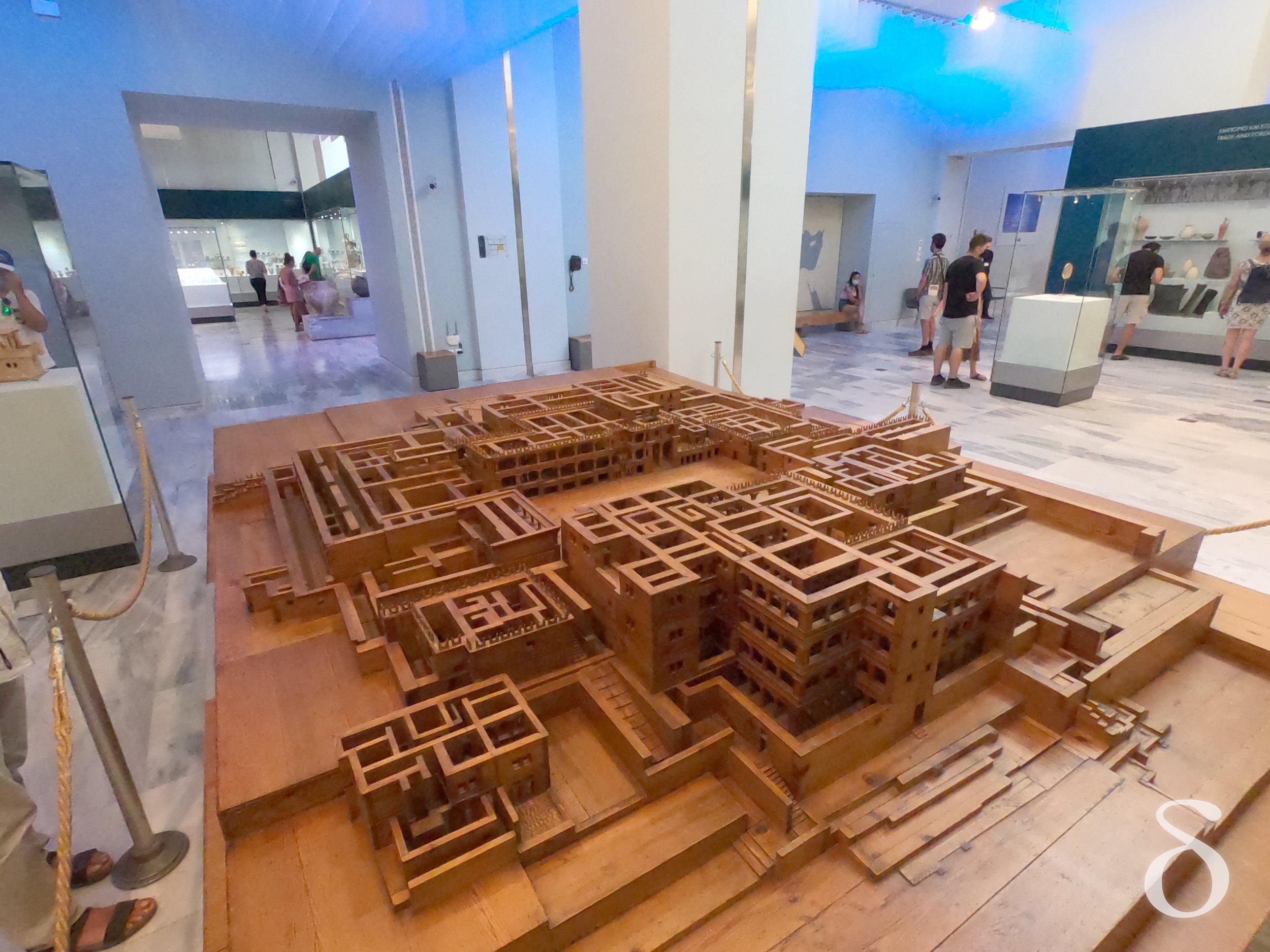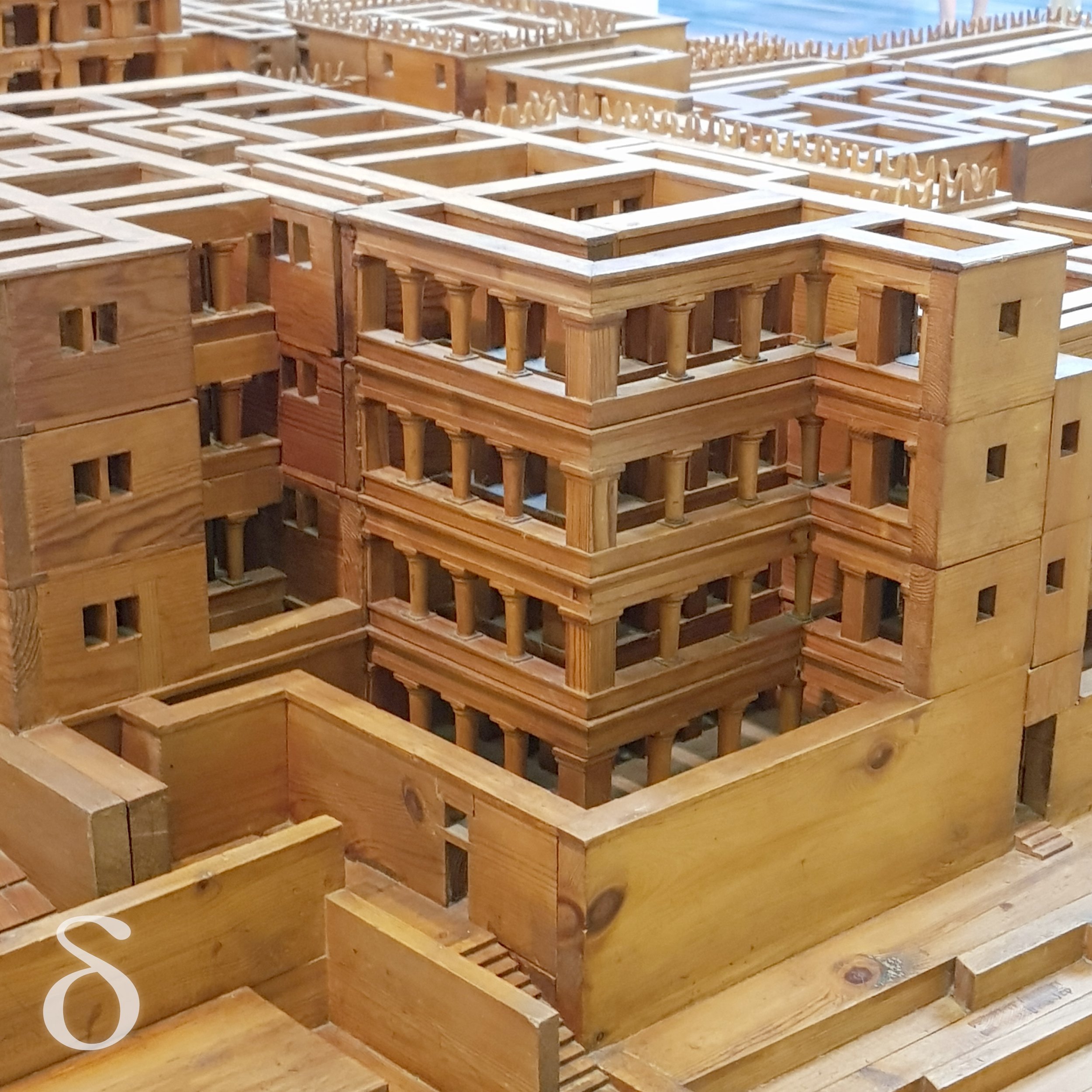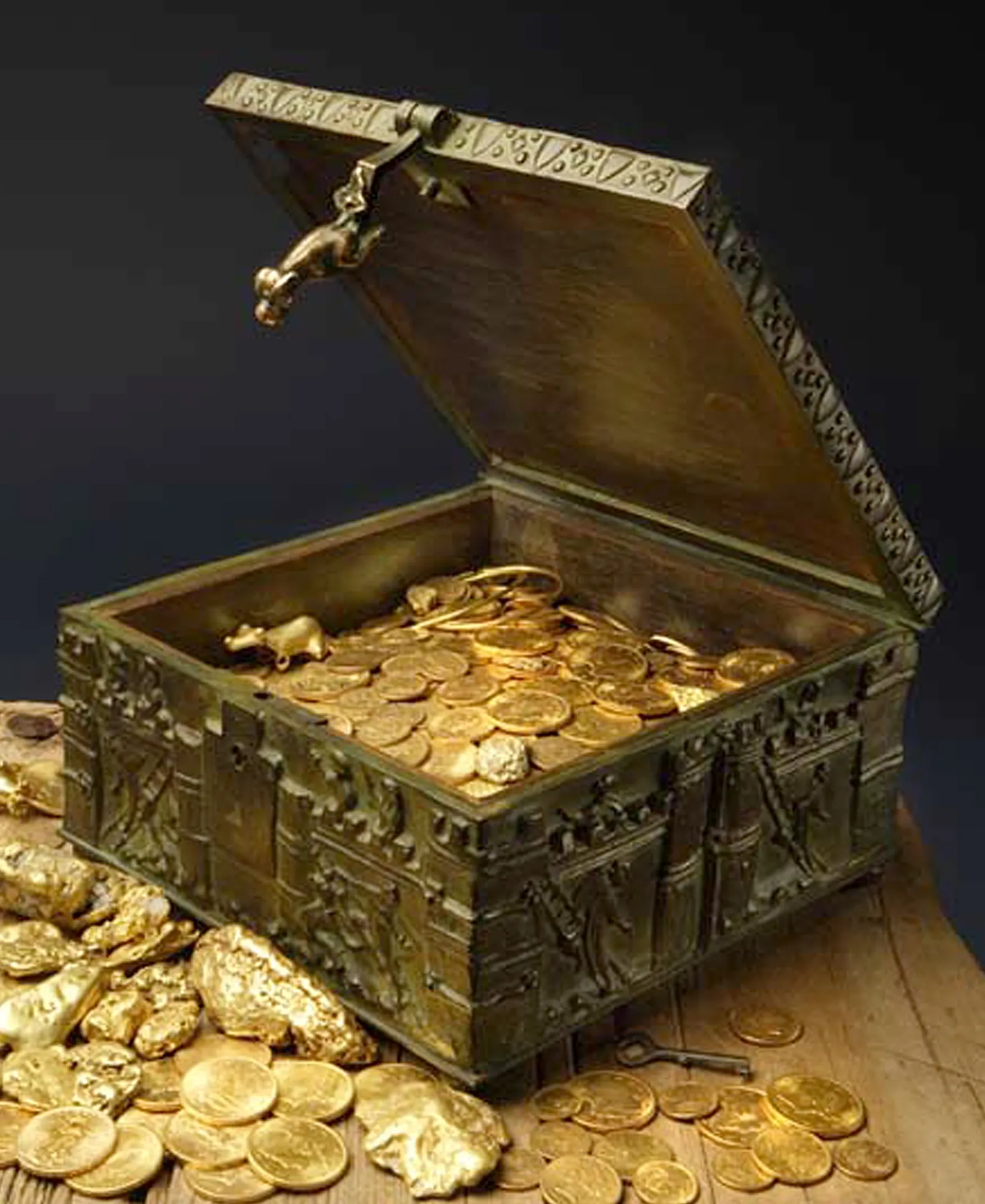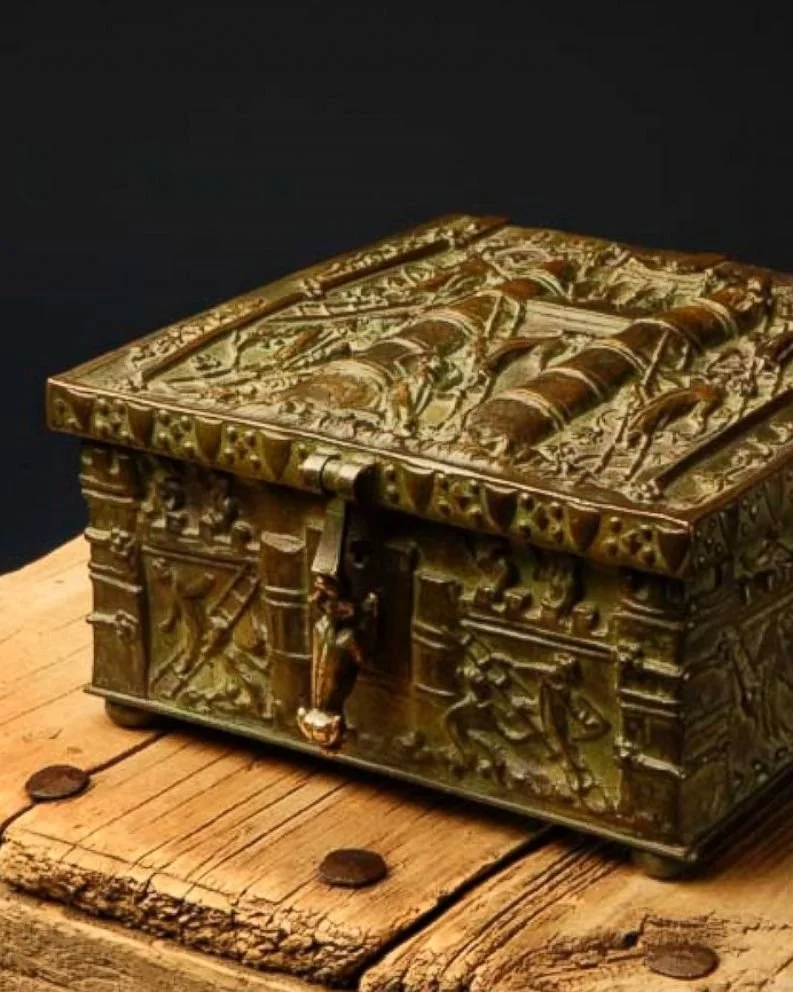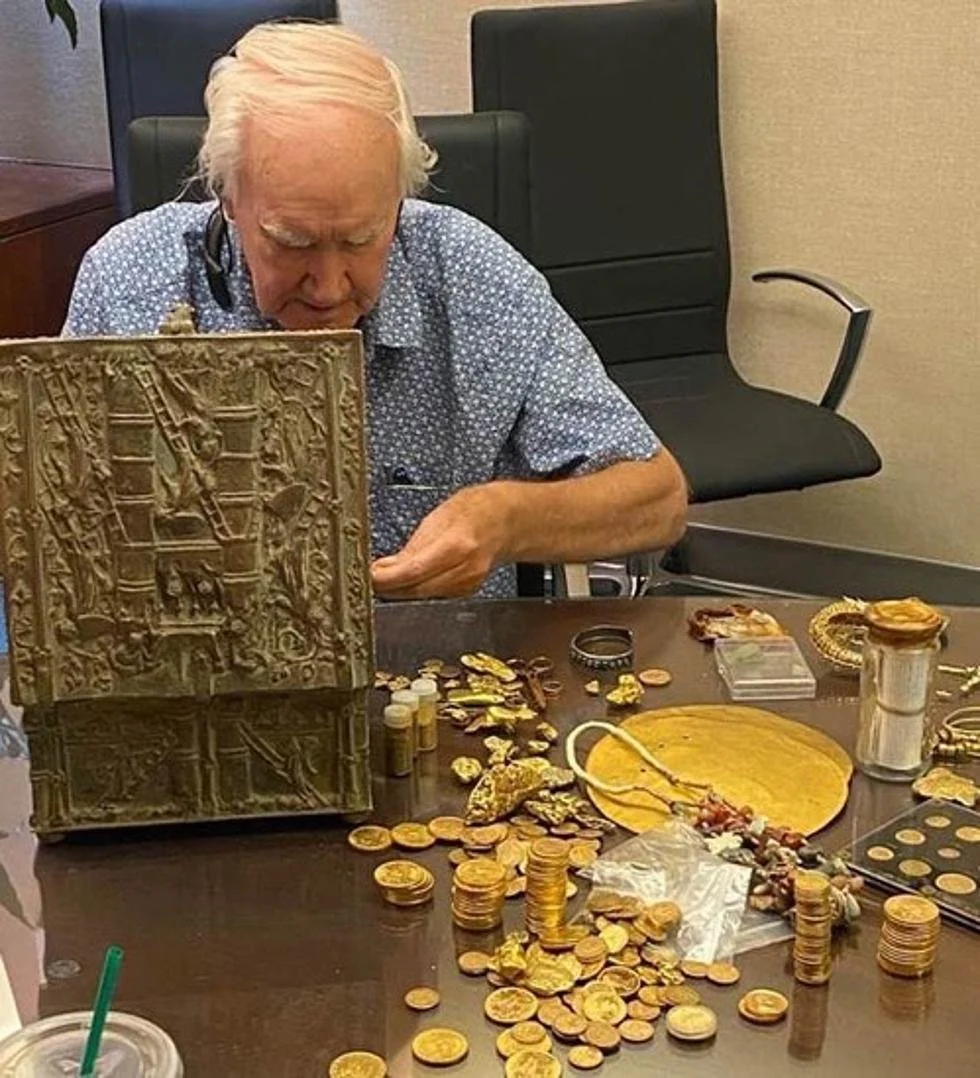The impressive wooden model representing the Palace of Knossos during the Neopalatial period (1750 BC–1450 BC) at the Heraklion Archaeological Museum is the work of Zacharias S. Kanakis, conservator of the Archaeological Society of Athens, 1968.
The Heraklion Archaeological Museum in Crete, Greece, is home to one of the world's most impressive representations of the ancient Minoan civilization. Among its wide array of historical artifacts and exhibits, one item stands out remarkably for its exquisite craftsmanship and historical significance: the wooden model of the Palace of Knossos. Depicting the edifice during the Neopalatial period (1750 BC–1450 BC), this model provides us with an incredible visual journey into the world of our distant past.
Knossos, the center of Minoan civilization, was an intricate complex believed to be the mythical labyrinth of King Minos, housing the terrifying Minotaur in Greek mythology. The palace, a vibrant manifestation of the high point of Minoan architecture, culture, and power, sprawled across an area of approximately 22,000 square meters. It was characterized by its complex labyrinthine layout, extensive storerooms, grand courtyards, and vibrant frescoes.
The wooden model in the Heraklion Archaeological Museum vividly brings this architectural marvel back to life. It painstakingly replicates every minute detail of the palace, from its meandering passageways and grand courtyards to its royal apartments and sanctuaries. This representation does not merely rest on aesthetic considerations; it represents an archaeological accomplishment. The model has been designed based on extensive archaeological findings and studies of the site, making it an accurate depiction of the Palace of Knossos as it would have stood in its heyday.
What makes the model so striking is its intricate attention to detail, which captures the complexity and grandeur of the palace. It shows the innovative architectural characteristics of the Minoans, such as light wells, multiple levels, and open-air courtyards. The miniature version of the grand staircase, which leads to the royal apartments, draws particular attention. Furthermore, it depicts the various chambers, including workshops, storerooms filled with massive pithoi (storage jars), and the Throne Room, highlighting the palace's multifaceted functionality.
The model also does an excellent job of showcasing the Minoan's affinity for nature and their ingenuity in integrating it into their structures. The palace was designed around a central courtyard, as shown in the model, and had many open areas and porticoes that allowed sunlight to pour in, a characteristic feature of Minoan architecture.










